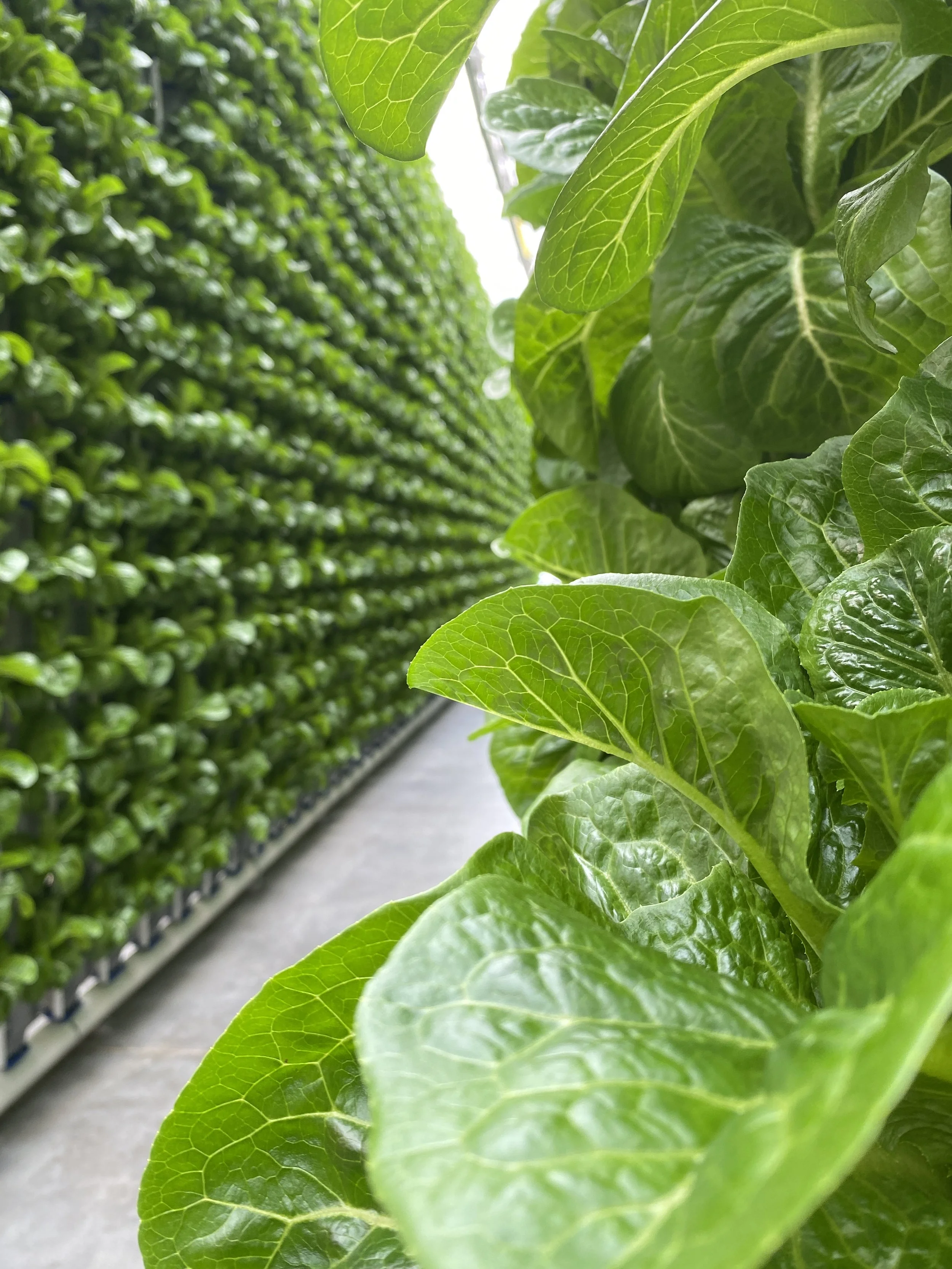Eden Green Technology on how patented vertical greenhouse system can addresses CEA challenges
“The first thing you notice is it’s super clean. The second is all the plants are symmetrical, top to bottom, left to right, north to south. They all have consistency and that’s what the consumer wants”
Badrina cited the lack of of efficient energy use for indoor greenhouses and vertical farms as an additional barrier to the supply chain. The high energy usage required for these methods are costly, which are then passed on to consumers who are seeking affordable, safe and consistent leafy greens.
Flat tray greenhouses, Badrina described, require significant land, which are prohibitively expensive in larger cities and still need ongoing air conditioning in most regions of the US. Vertical farms have the benefit of growing high quantity of greens in a small space with controlled water, light and air—however the problem is inefficient use of ceiling space and the cost of each strand of lights.
The company’s patented system, Badrina explained, addresses the inefficiencies in vertical farming and indoor greenhouses—soaring utility costs from energy and space/land use—by building translucent greenhouse walls and ceilings that capture sunlight for its vertical walls stacked with lettuce.
“This [method] allows us to grow densely but with the free use of sunlight. So…we can shrink about 40 acres of conventional open field farming into about an acre and a half. Then we put that right next to distribution centers to [remove] a lot of the distribution and supply chain issues that we’re having. The net to consumers is that they get affordable, fresh and safe produce 24/7, 365 days a year,” Badrina said.

